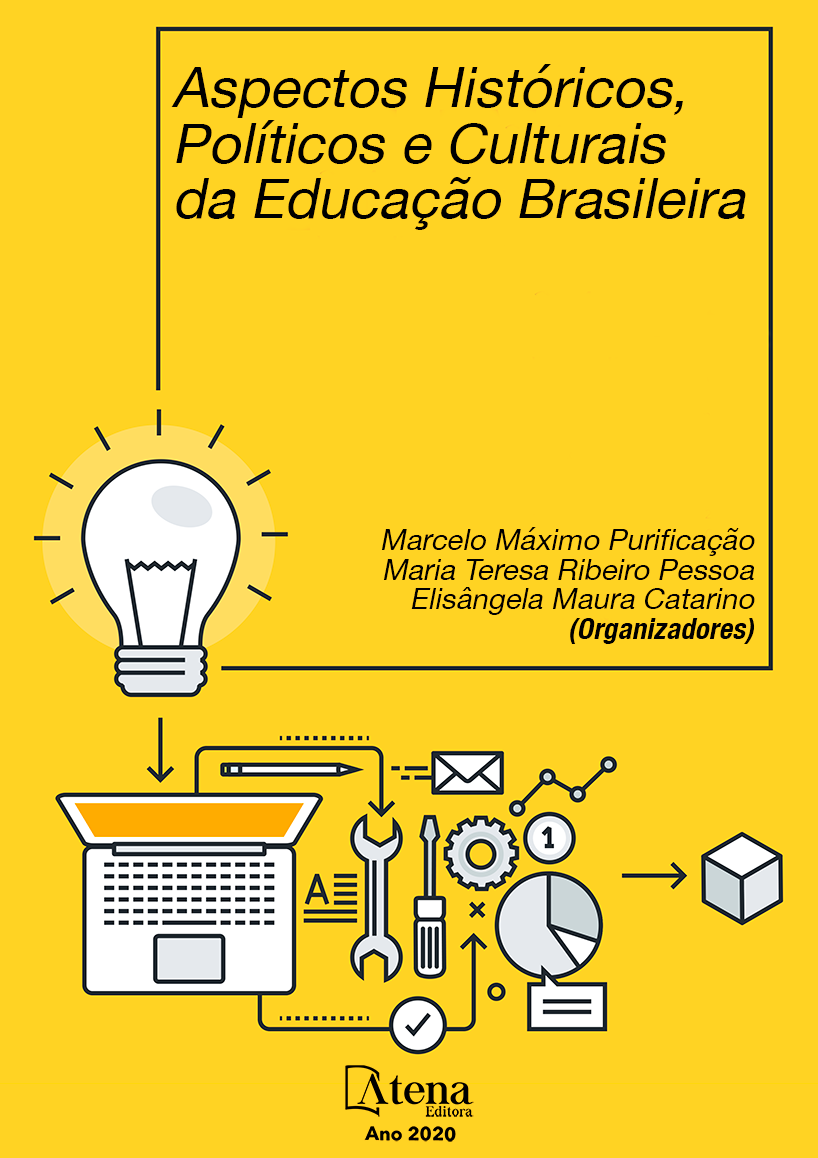
AS GINÁSTICAS E AS DIMENSÕES DO CONTEÚDO NO CONTEXTO ESCOLAR
Contextualizar a ginástica nos dias de hoje torna-se uma tarefa difícil, pois ela caracteriza-se como um conteúdo que teve seu conceito, características e conhecimentos marcados pelas transformações sociais. Dessa forma a ginástica tem nas suas origens a própria origem da Educação Física Escolar (VENÂNCIO E CARREIRO, 2005). O objetivo desse estudo é discutir a ginástica enquanto conteúdo da Educação Física Escolar e destacar a importância das três dimensões do conteúdo: conceitual, procedimental e atitudinal, de forma a garantir o ensino por meio do esporte em vez de limitar a EF a ensinar esporte. A metodologia é composta de uma revisão bibliográfica, que buscou artigos, livros e sites, onde as conclusões levam em conta um conjunto de variáveis que podem estar correlacionadas. O estudo é relevante por se preocupar com uma visão maior da Educação Física enquanto componente curricular obrigatório, mostrando que ela possui diferentes conteúdos e que estes devem ser trabalhados em diferentes dimensões, oportunizando a formação integral do aluno, sem se limitar a execução de movimentos e práticas corporais. Utilizando a ginástica, que apresenta imenso conjunto de atividades, podendo ser executado por meio de combinações entre si, possuindo elementos básicos de movimentação que são sobretudo diferentes e, se trabalhados no aspecto pedagógico, tornam-se essenciais as aulas de Educação Física Escolar. Entretanto, não é isso que se percebe na prática. Possíveis justificativas dos professores para não incluírem a prática da mesma em suas aulas são as mais abundantes. Concluímos que devemos oportunizar ao aluno uma análise crítica capaz de identificar o papel social que a Educação Física cumpre na sociedade. Seguimos o pensamento de Paulo Freire, que diz “ensinar não é transferir conhecimento, mas criar possibilidades para a sua produção e construção”, e a ginástica possibilita que os próprios alunos sejam produtores de cultura se apropriando dos saberes nas dimensões: conceitual, procedimental e atitudinal referente as práticas corporais.
AS GINÁSTICAS E AS DIMENSÕES DO CONTEÚDO NO CONTEXTO ESCOLAR
-
DOI: 10.22533/at.ed.11120210715
-
Palavras-chave: Ginásticas; Educação Física; Contexto Escolar
-
Keywords: Gymnastics. Physical Education. School context.
-
Abstract:
Contextualizing the gymnastics these days becomes a difficult task, since it is characterized as a content that had its concept, characteristics and knowledge marked by the social transformations. In this way gymnastics has in its origins the very origin of Physical School Education (VENÂNCIO AND CARREIRO, 2005). The aim of this study is to discuss gymnastics as a content of School Physical Education and to emphasize the importance of three dimensions of content: conceptual, procedural and attitudinal, in order to guarantee teaching through sport instead of limiting EF to teaching sports. The methodology is composed of a bibliographic review, which searched for articles, books and websites, where the conclusions take into account a set of variables that may be correlated. The study is relevant because it is concerned with a greater vision of Physical Education as a compulsory curricular component, showing that it has different contents and that these must be worked in different dimensions, providing the student's full training, without limiting the execution of movements and practices. Using gymnastics, which presents an immense set of activities, can be performed by means of combinations between them, possessing basic elements of movement that are mainly different and, if worked in the pedagogical aspect, the classes of Physical School Education become essential. However, this is not what is perceived in practice. Possible justifications for teachers not to include the practice of the same in their classes are the most abundant. We conclude that we should provide the student with a critical analysis capable of identifying the social role that Physical Education fulfills in society. We follow the thought of Paulo Freire, who says "teaching is not transferring knowledge, but creating possibilities for its production and construction", and gymnastics allows students themselves to be producers of culture appropriating knowledge in the conceptual, procedural and attitudinal relation to bodily practices.
-
Número de páginas: 20
- Thais Vinciprova Chiesse de Andrade
- Kelly Silva Teixeira


